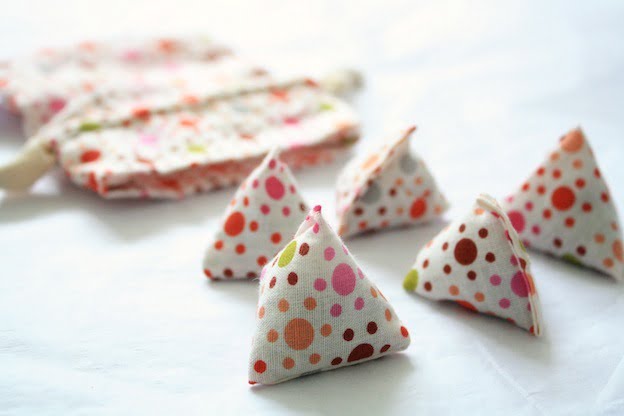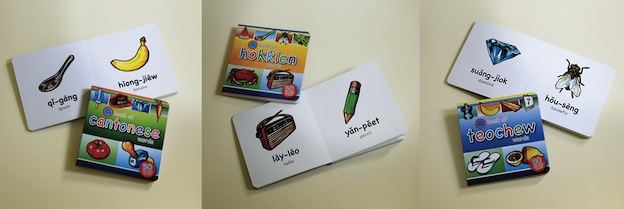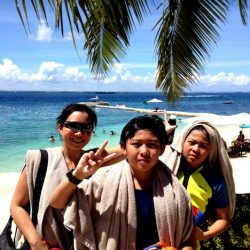SingaporeMotherhood | Parenting
July 2013
Editor’s Picks – July 2013

It’s Singapore’s 48th birthday this year. In human terms that’s about half a life lived and loved. So in this issue of Editor’s Picks we’re taking a stroll down memory lane, to look at the simpler lives we used to lead, and how we can bring a piece of that unhurried, halcyon past into our children’s lives today…
[banner][/banner]

Stoning Out
One of my fondest childhood memories involves my mother teaching me how to play first four, then five stones. Five stones had been one of her favourite schoolgirl games, she told me, and I was excited to learn the skill of tossing and catching these bean-filled tetrahedrons too. Memories aside, the game is also an excellent way to build hand-eye coordination and psychomotor skills. I’m planning to teach it to my kids too!
My mum sewed me a set then, but I’m taking the easy way out and buying mine from The Daughters of Tomorrow. This social enterprise enables livelihoods for women communities in Asia, and sales from each set of five stones will benefit mothers from low-income families in Singapore. The new Polka Dot series is available at Toy Outpost at 02-27 Vivocity (Locker No. 5B), and more designs can be found online at The Daughters of Tomorrow.
Mind Your Language
When his seven-year-old nephew could not communicate with his grandparents in their native Hokkien dialect, Koh Kuan Eng decided to teach the child some words in that language. The 46-year-old ex-creative director created flashcard-style cards, each with the illustration of an object and its dialect pronunciation, and posted them on Facebook, tagging his nephew each time a new one was uploaded. Friends saw these, loved them, and asked for more. Six months and $15,000 out of his own pocket later, the Sibey Nostalgic series was born.
These three books illustrate and teach 50 common everyday objects such as a banana, a tomato, and a pencil in three main dialects – Hokkien, Teochew and Cantonese. As they are styled upon children’s board books, with plastic-coated pages and curved corners, children as young as age two can handle these books. Work on the next series, on dialect idioms and simple, helpful conversational phrases, has begun. Kuan, now a social worker in the prisons, believes in the power of dialect. “It’s the glue that bonds people,” he declares.
Would learning dialects harm your child’s ability to master English and Mandarin? Unlikely, say experts. In multi-cultural, multi-racial Singapore, most children will have been exposed to two or three languages from birth. Conversing in dialect to the grandparents is also a way to ensure that your children will not lose their cultural heritage or the link back to their roots. Each book retails at $24.90. A set of three is $65. Buy them at Books Actually, or online here
We Built This City
If you have no plans for the long National Day holidays, why not bring your kids on a family heritage tour? Show them where grandma and grandpa used to live, and talk about how the place as changed, if the land has been re-claimed and redeveloped. Take them back to your ‘kampong’, show them where you used to stay, and point out your childhood haunts.
If the traditional playgrounds in these area are still standing, bring your little ones to them and demonstrate how you used to play. Don’t have any? Check out this post at RememberSingapore for an exhaustive list of yesteryear playgrounds where you can play together as a family.
Then let the kids go hands-on at the Singapore City Gallery, where they can learn about how a city is created. This is a wonderful place to spend a Saturday afternoon (after feasting at Maxwell market next door!). Here, kids can get a bird’s eye view of the island on a 3D model, and try to spot well-known landmarks and their homes. There is a sound-and-light show every hour, and a slew of interactive displays. Kids can also try their hand at being city architects. The website provides worksheets for primary school students, but older preschoolers will be able to do them with help from parents. Parking is available at the URA carpark and best of all, admission is free!
All content from this article, including images, cannot be reproduced without credits or written permission from SingaporeMotherhood.
Follow us on Facebook, Instagram, and Telegram for the latest article and promotion updates.







